Stains On Teeth
Over time, the teeth can stain and change color, generally caused by certain types of diet, tobacco, aging, injuries or blows, the use of certain medications, and a genetic issue.
Teeth whitening – A solution to the darkened
To whiten teeth or at least restore their original shine, different whitening options can be outpatient or in the clinic.
Your Dentist Will Give You The Best Option :
In-Clinic Whitening:
The dentist will apply a whitening agent to your teeth and may use a special light or lasers to improve the result.
Whitening At Home:
Peroxide-containing bleaches bleach dentin. They usually come in a gel and are placed in a mouth splint.
Whitening Toothpaste:
These types of pastes have chemical agents or special elements that provide additional effectiveness in removing stains.
Keep in mind that, in some cases, whitening treatments do not correct all types of discoloration. If you have fillings, the bleach will not affect the color of these materials, so they can stand out on your freshly bleached smile, and those fillings may need to be modified. There are also other more invasive cosmetic procedures such as porcelain or resin veneers or crowns.
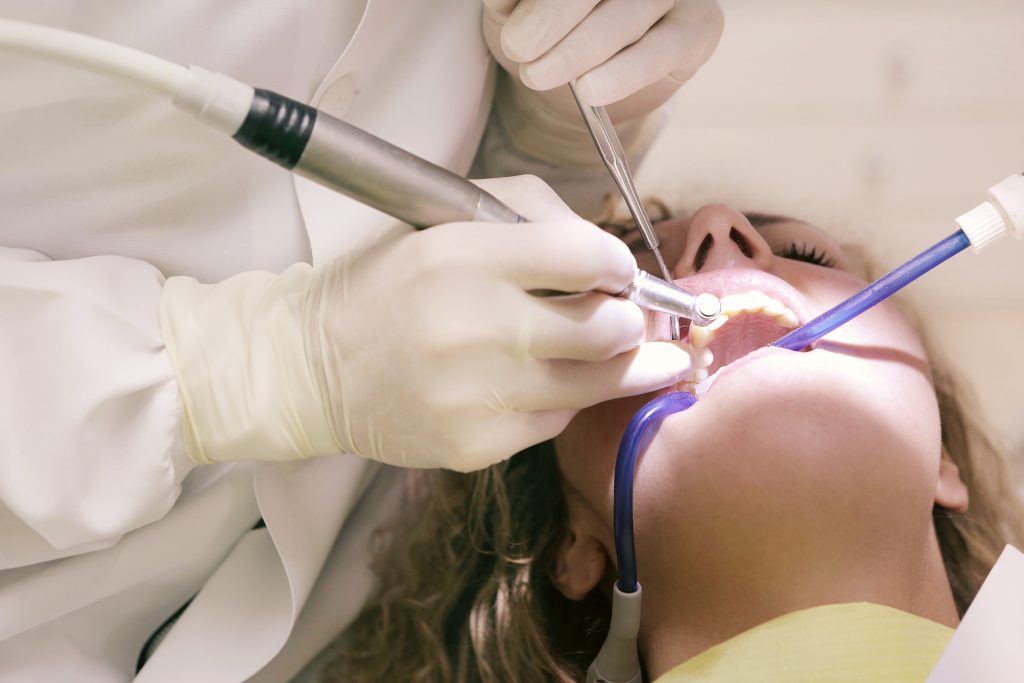
As we mentioned at the beginning of the article, these are the ten most frequent oral conditions and problems. The causes and, therefore, treatments of all of them are diverse, although good dental hygiene and continuous check-ups by the dentist always help to combat these complications.
Do You Know What Are The Most Common Oral Problems In The Elderly?
1. Caries And Deterioration
Even if you do not have gum problems, over the years and exposure to acids in food, the gums have a tendency to retract and expose the roots, which makes them more prone to cavities.
If these cavities are not detected and treated properly, they can lead to the loss of affected teeth, intense pain, and other more severe problems.
2. Gum Disease
People with diabetes or cardiovascular problems are the most prone to gum problems, which tend to worsen with age.
It all starts with problems of plaque accumulation, which can evolve into gingivitis, causing red, bleeding, or detached gums from the tooth.
This condition, poorly cared for, can cause periodontitis, an infection of the gums present in more than 50% of those over 65 years of age, which affects the bone causing progressive loss of it when it retracts.
3. Tooth Sensitivity
This is another of the pathologies that can appear or worsen with age since, as I said in previous points, the gums tend to retract and expose part of the root and nerve endings that we have in the teeth.
4. Difficulty Eating
Eating a good diet and eating regularly is even more important in old age since it is common to take medications or suffer from conditions that are aggravated by the absence of a healthy diet.
Difficulty eating can be a consequence of the above problems or poorly fitting dentures that do not fit well missing teeth, or other problems that make eating a painful and unpleasant experience and that will make you want to eat less and less and less often.
Enjoying eating is a pleasure that you do not have to give up with age.






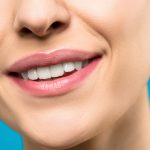






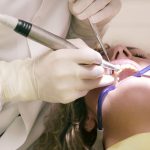




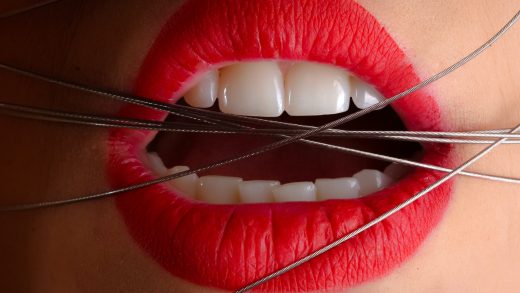
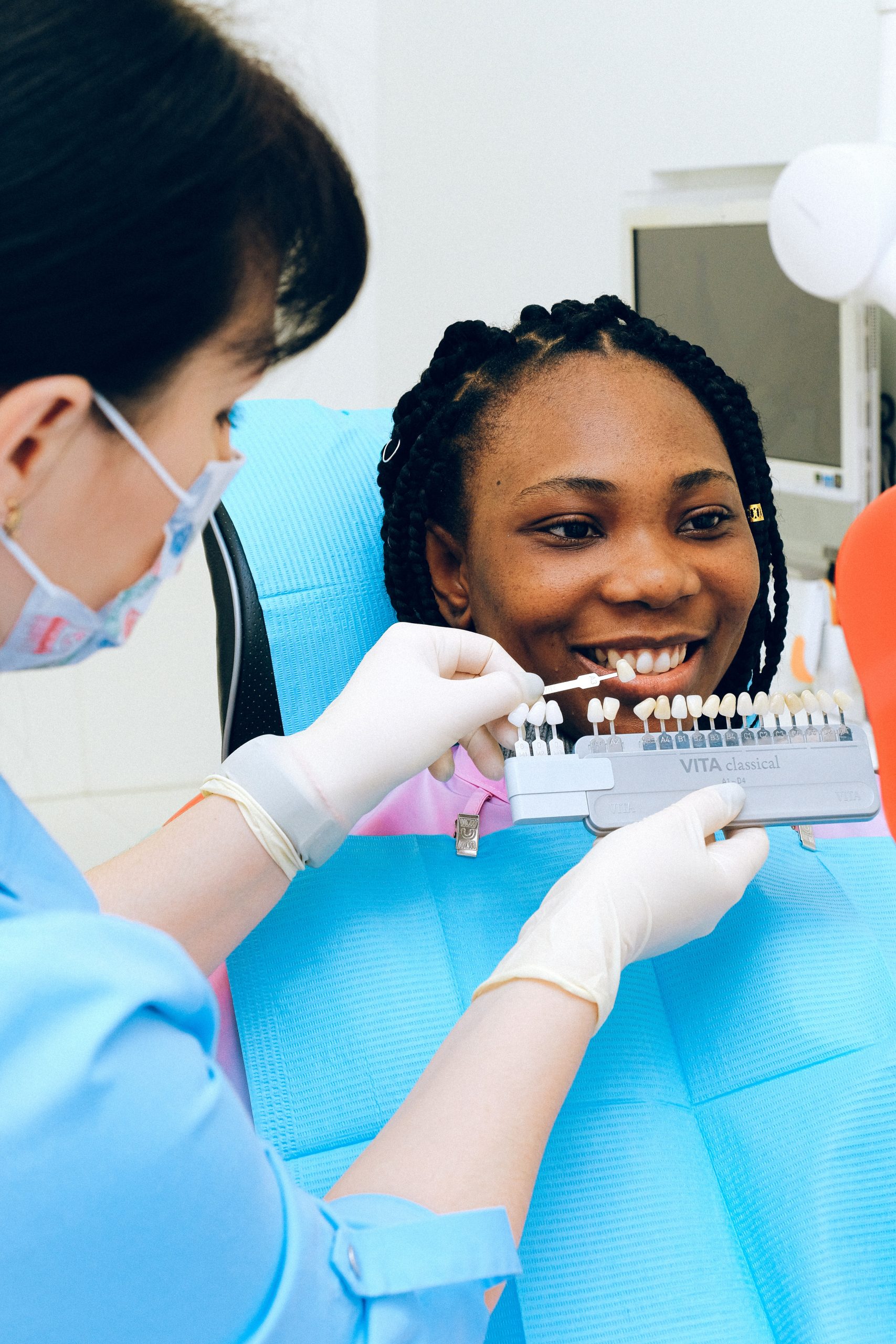
Recent Comments